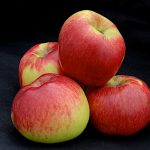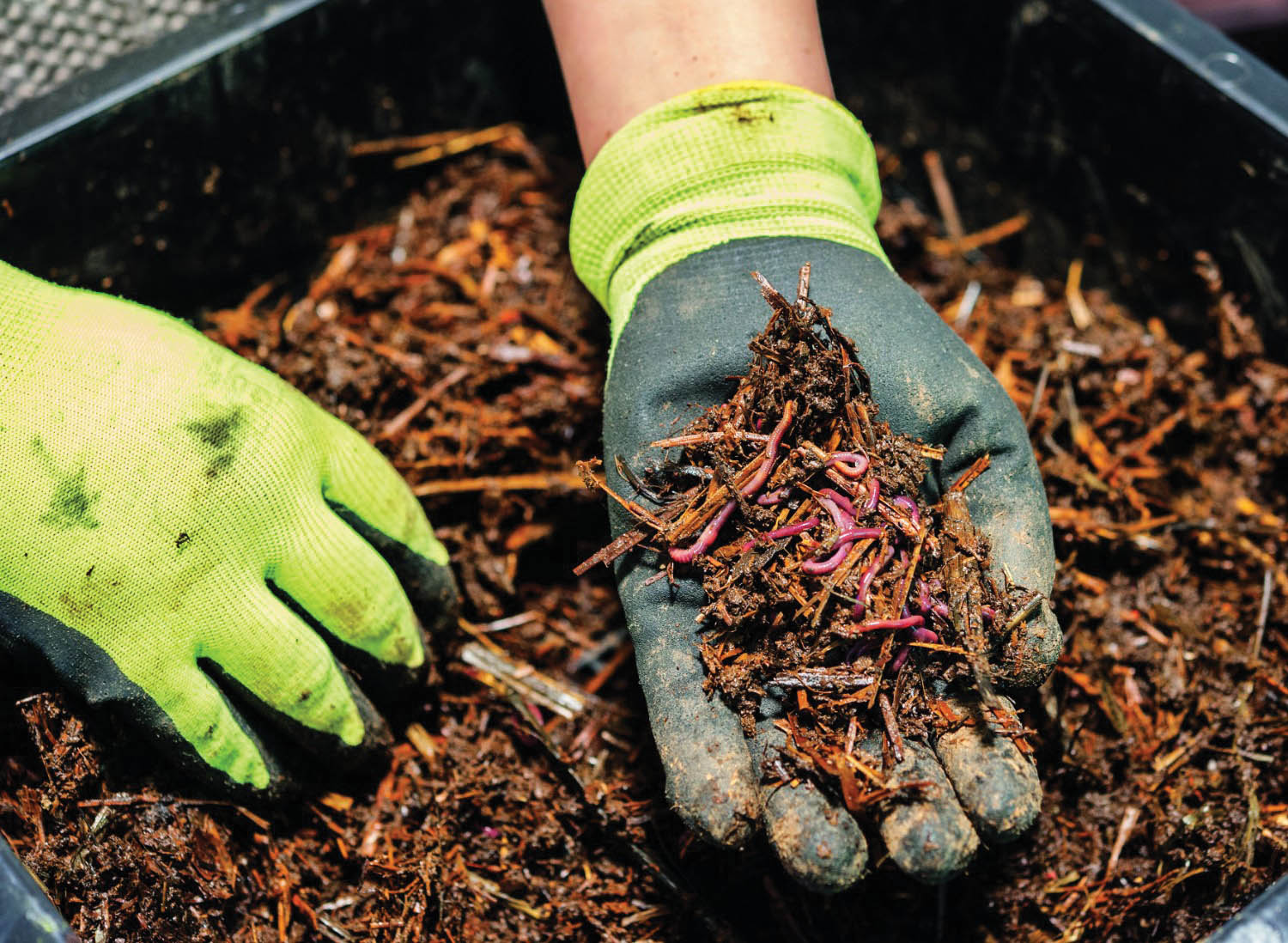The rules of fruit picking change depending on what you have planted, and getting it right can be the difference between having a sour apple and flavour sensation! This skill can also help you pick your next fruit tree – so here’s our (general) guide on picking your PlantNet® fruit!
Lemons: The fruit should be completely yellow, and the indentations on the skin very shallow. When you squeeze the fruit, there should be some ‘give’, instead of being rock hard. If you smell the fruit deeply, you should be able to detect some sweet citrus notes. Some varieties can be picked all year round, but many will bear most of their fruit over winter.
Apples & Pears: For red apples, they should have a dominant and strong red colour over light green base. In all apples, simply cutting them in half will show ripeness immediately – the seeds will be brown, and the flesh will be a creamy white (not green). And, of course, a taste test is the best tell!
Pears ripen differently – you must feel the stem-end of the pear for any give. If there is give, it’s ripe for eating. This will be quite a crunchy pear. If you prefer softer pears, leave them in the sun for a week or so to ‘over-ripen’, or store them at room temperature next to a banana for a few days! A red blush doesn’t indicate ripeness – only more time in the sun.
Peaches & Nectarines: Both peaches and nectarines are ripe once the ground side of the fruit becomes orangy-red, or the fruit gives when squeezed. Clingstone varieties will easily pop off the stem when tugged. Smelling the fruit will give you a slight tropical-fruity scent. For softer fruit, store them on the kitchen bench for a few days.
Plums & Apricot: Both plums and apricots will have ‘give’ when squeezed and have a strong sweet smell when ripe. If you want to pick these early, you can ripen them off the tree on the kitchen counter, and place ripe fruit in the fridge for storage. Apricots will develop their rich orange colour completely on the tree.
Cherries: Perhaps one of the most intuitive fruits to pick – cherries are plump and round, with a dark red or bright red colour, depending on the variety. They will also pick easily off the tree when ripe! The best way to test is pop one in your mouth and see if it’s sweet. You will learn the ‘look’ of a ripe cherry from your individual tree after a few trials.

Figs: The Sweet Temptation™ Fig will adopt a purple blush over green, become plump, and have ‘give’ when squeezed. Squeeze at the top of the fig – if you squeeze the bottom, you will harvest when the fruit is over ripe! They may also droop while hanging. Figs only ripen on the tree – so resist the temptation to pick them while green.
Pomegranates: The Midnight Velvet™ pomegranate and Red Velvet™ pomegranate will both be large and plump when ripe. Midnight Velvet will be a deep purple, and Red Velvet will be large and dark red to purple. Cutting a cross section will show juicy arils ready to eat! Pomegranates can ripen slightly on the bench, so harvest them when you think they’re almost ready.
Almonds (Paper shell): When ripe for picking, the external paper shell will begin to split open. After shelling them (removing the paper shell completely) you can eat them fresh or store them in an airtight container. Almonds in their shell can be stored at room temperature for months!

Blueberries: Ripe for eating when they have lost all green or pale pink colouring and move to a deep blue or purple. The flesh will remain opaque, green, or slightly blue depending on the variety and individual plant. Testing blueberries is the most efficient way to learn when your plant’s berries are ripe! After a while, it will become habit.
Now that you have the confidence to pick your fruit from tree or supermarket when they’re at their best, why not learn how to grow your own? To start your journey, head to our website:














